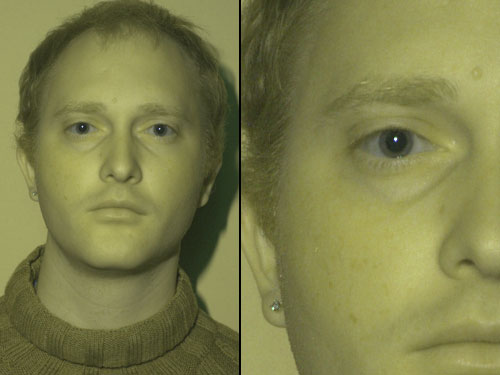Another SIGGRAPH, another mind-bending example of video being freed from linear time — Jiamin Bai, Aseem Agarwala, Maneesh Agrawala, and Ravi Ramamoorthi’s Selectively De-Animating Video:
We present a semi-automated technique for selectively de-animating video to remove the large-scale motions of one or more objects so that other motions are easier to see. The user draws strokes to indicate the regions of the video that should be immobilized, and our algorithm warps the video to remove the large-scale motion of these regions while leaving finer-scale, relative motions intact. However, such warps may introduce unnatural motions in previously motionless areas, such as background regions. We therefore use a graph-cut-based optimization to composite the warped video regions with still frames from the input video; we also optionally loop the output in a seamless manner. Our technique enables a number of applications such as clearer motion visualization, simpler creation of artistic cinemagraphs (photos that include looping motions in some regions), and new ways to edit appearance and complicated motion paths in video by manipulating a de-animated representation.
(Via O’Reilly Radar)

